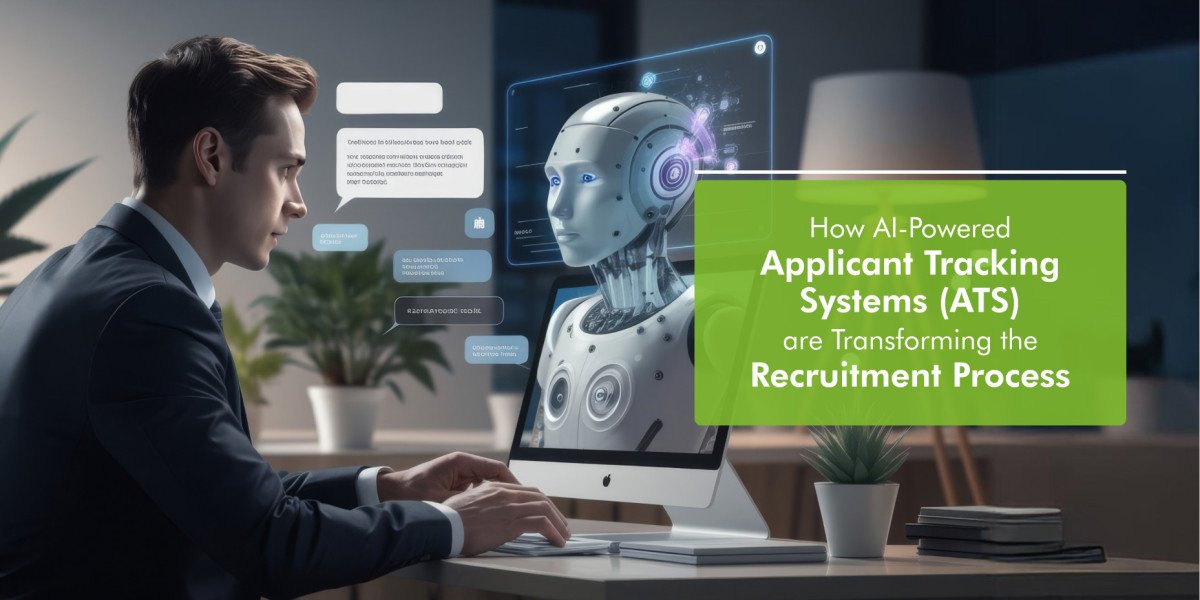Introduction
The global hiring landscape is evolving rapidly, driven by remote work, artificial intelligence, and an increasing need for data-driven recruitment. As a result, Applicant Tracking Software has become one of the most essential tools for modern HR departments.
In 2025, the demand for efficient and intelligent hiring solutions continues to rise. Organizations worldwide are investing in advanced recruitment platforms that simplify hiring, enhance candidate experiences, and improve overall talent management.
Market Overview and Growth Forecast
The global market for recruitment technology is experiencing remarkable growth. Analysts project an annual expansion rate of 8–11% through 2030, with total market value expected to reach nearly USD 5 billion by the end of the decade.
This momentum is driven by the increasing shift to cloud-based platforms, data analytics integration, and mobile-first hiring. Large corporations remain the leading adopters, while small and medium-sized enterprises are rapidly joining in thanks to flexible subscription models and affordable cloud solutions.
Market Overview and Growth Forecast
The global market for recruitment technology is experiencing remarkable growth. Analysts project an annual expansion rate of 8–11% through 2030, with total market value expected to reach nearly USD 5 billion by the end of the decade.
This momentum is driven by the increasing shift to cloud-based platforms, data analytics integration, and mobile-first hiring. Large corporations remain the leading adopters, while small and medium-sized enterprises are rapidly joining in thanks to flexible subscription models and affordable cloud solutions.
3. Focus on Candidate Experience
Modern job seekers expect seamless, transparent, and quick application processes. Businesses now emphasize user-friendly interfaces, personalized communication, and responsive feedback. This not only improves employer branding but also reduces candidate drop-offs, ensuring stronger engagement throughout the hiring journey.
4. Integration with Broader HR Ecosystems
Today’s recruitment systems rarely operate in isolation. Integration with HRIS, payroll, learning, and CRM software ensures smoother data flow and more efficient hiring pipelines. Companies prefer unified dashboards that offer insights across the entire employee lifecycle — from recruitment to retention.
5. Commitment to Diversity and Compliance
Diversity, Equity, and Inclusion (DEI) remain at the forefront of hiring strategies. Organizations are using data and analytics to eliminate bias, ensure fair evaluations, and maintain compliance with privacy regulations such as GDPR and CCPA. Transparent and ethical recruitment practices are now a competitive advantage.
Regional Market Insights
North America
North America continues to lead the global recruitment software market, fueled by strong investment in HR technology and the presence of major vendors. Companies in the U.S. and Canada emphasize automation, AI-driven analytics, and cloud adoption to streamline talent acquisition.
Europe
European organizations are increasingly adopting digital recruitment systems to meet strict data privacy laws. Markets in the U.K., Germany, and France show strong demand for secure and customizable solutions that align with local compliance standards.
Asia-Pacific
The Asia-Pacific region is witnessing the fastest growth. Countries such as India, Pakistan, Singapore, and Australia are embracing technology-driven hiring to meet the needs of expanding economies and remote workforces. Cloud-based systems are especially popular for their cost-effectiveness and scalability.
Middle East & Africa
Digital transformation is accelerating across emerging economies, where companies are shifting from manual hiring processes to automated, web-based solutions. Affordable SaaS recruitment tools are becoming the standard choice for small and mid-sized organizations.
Emerging Trends in 2025
Generative AI in Recruitment
Generative AI is enabling HR teams to create better job descriptions, personalized candidate messages, and even structured interview guides. These advancements enhance recruiter efficiency while maintaining consistent branding and tone.
Predictive Analytics and Workforce Forecasting
Data analytics now allows organizations to forecast hiring needs, identify talent gaps, and improve retention strategies. Predictive insights help businesses plan more strategically and reduce the time-to-hire.
Industry-Specific Platforms
Specialized systems built for healthcare, retail, education, or manufacturing are gaining traction. These industry-focused tools cater to unique compliance and workflow requirements, offering greater flexibility and relevance.
Video Interviews and Remote Hiring
The rise of global teams has made video recruitment standard practice. Built-in video interviewing, automated scheduling, and digital feedback tools enable seamless collaboration between recruiters and candidates across time zones.
Candidate Engagement Automation
Chatbots and conversational interfaces now guide candidates from application to onboarding. Automated communication ensures engagement while reducing manual work for recruiters, resulting in faster and more transparent hiring cycles.
Challenges and Barriers
Despite its growth, the recruitment software market faces notable challenges:
Implementation Costs – Smaller firms often find full-featured systems expensive to deploy and customize.
Integration Issues – Merging new platforms with existing HR systems can be complex and time-consuming.
Data Privacy Regulations – As global compliance laws evolve, maintaining secure and transparent data practices is critical.
User Training and Adoption – To maximize efficiency, companies must ensure proper training and support for HR teams transitioning from traditional methods.
The Future Outlook
The future of Applicant Tracking Software lies in intelligent automation, predictive analytics, and human-centered design. The most successful systems will balance technology with empathy — enabling recruiters to make smarter decisions while preserving the human touch in hiring.
As companies face increasing competition for top talent, these solutions will become strategic assets, not just administrative tools. Expect continued innovation around AI-powered sourcing, candidate engagement, and integrated analytics throughout 2025 and beyond.
Conclusion
The recruitment industry is transforming faster than ever. Intelligent, cloud-based systems are now essential to stay competitive in the evolving world of HR. Businesses that embrace innovation, focus on candidate experience, and prioritize inclusivity will lead the next era of talent acquisition.
With global markets shifting toward automation and data-driven hiring, Applicant Tracking Software remains a cornerstone of efficient and ethical recruitment strategies.







